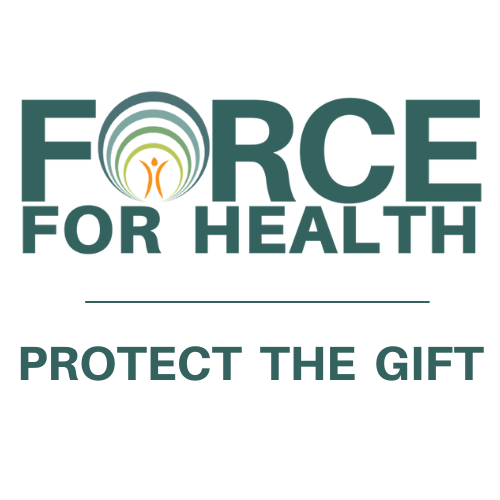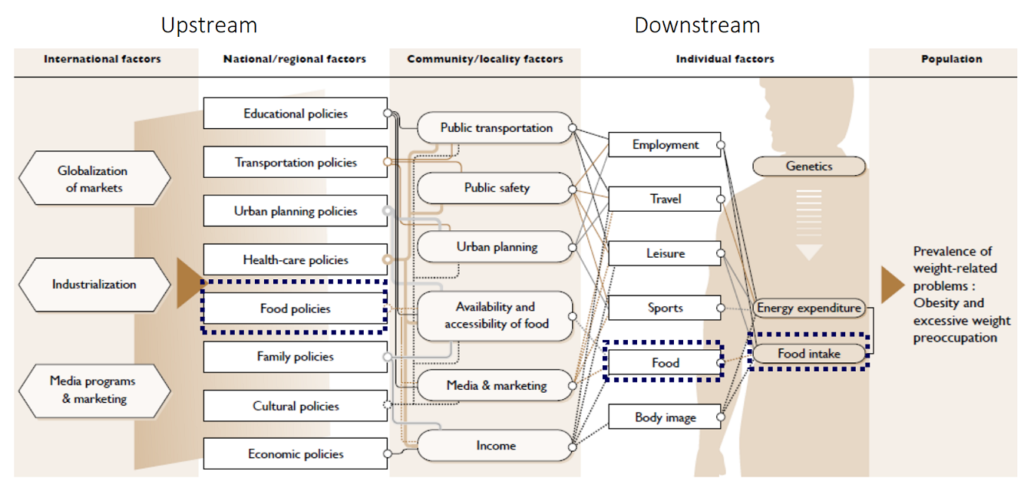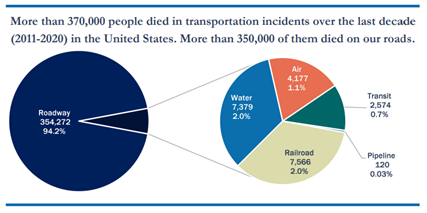Strategies to Eliminate Inequity in PrEP Services in the U.S. South and Rural Communities
While pre-exposure prophylaxis (PrEP) is a key tool to ending the global HIV and AIDS epidemic by 2030, recent data show that only 30 percent of the 1.2 million Americans who are candidates for the medication proven to reduce the risk of getting HIV are actually taking it. A recent report from the Centers for Disease Control and Prevention revealed substantial differences in uptake by geography, race and ethnicity; what scientists call “PrEP deserts” are most commonly found in the rural South, where more than half of new HIV infections in the U.S continue to occur. In this study, researchers recognize that inequity in care is likely attributed to social determinants of health and structural issues beyond individuals’ control. They describe three approaches to potentially improve access in the South and in rural communities: 1) normalizing where providers prescribe PrEP routinely as a standard of care; 2) digitalizing, i.e., using technology, such as telehealth, as recommended in 2020 by the National Advisory Committee on Rural Health and Human Services; and 3) streamlining care using guidelines from the World Health Organization and the U.S. Public Health Service to explore different approaches, such as on-demand PrEP and HIV self-testing. See Learning Opportunities below for upcoming event addressing stigma in the rural Southeast.
The post Strategies to Eliminate Inequity in PrEP Services in the U.S. South and Rural Communities appeared first on Pennsylvania Office of Rural Health.










